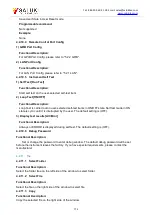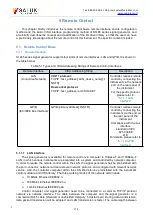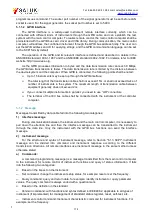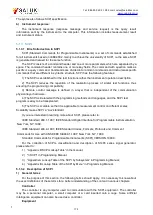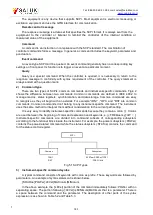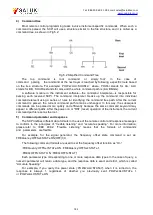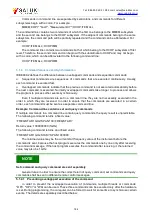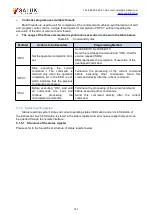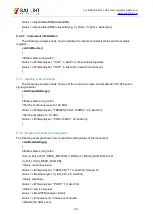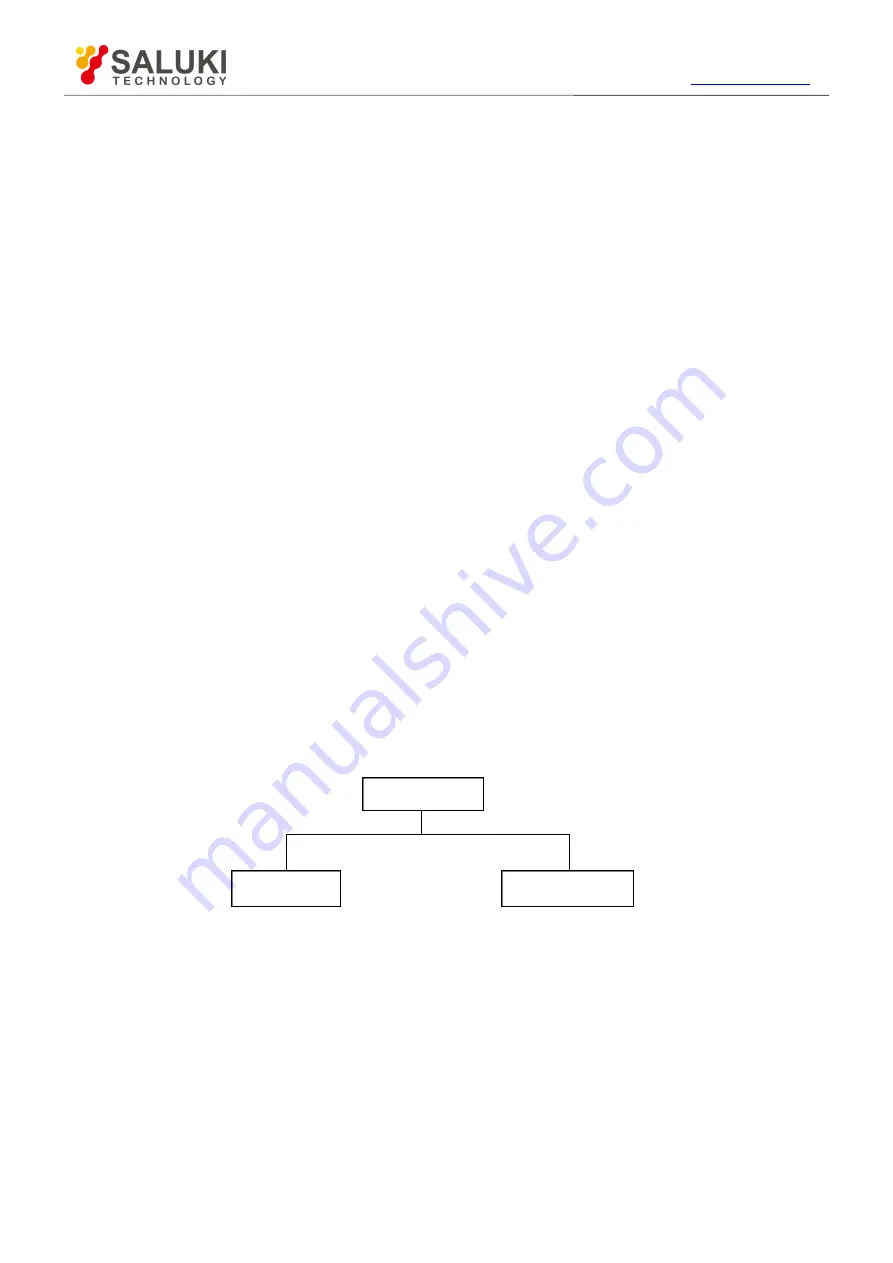
181
Tel: 886.909 602 109 Email: sales@salukitec.com
1
180
SCPI
Common
Subsystem
The equipment is any device that supports SCPI. Most equipment is electronic measuring or
excitation equipment and use the GPIB interface for communication.
Remote control message
The response message is a data set that specifies the SCPI format. It is always sent from the
equipment to the controller or listener to remind the controller of the internal condition or
measured value of the equipment.
Command
A command is an instruction in compliance with the SCPI standard. The combination of
controller commands forms a message. In general, a command includes the keyword, parameter and
punctuation.
Event command
An event-type SCPI can't be queried. An event command generally has no corresponding key
settings on front panel. Its function is to trigger an event at a particular moment.
Query
Query is a special command. When the controller is queried, it is necessary to return to the
response message in conformity with syntax requirement of the controller. The query statement is
always ended with a question mark.
2) Command type
There are two types of SCPIs: common commands and instrument-specific commands. Fig.4.2
shows the difference between two commands. Common commands are defined in IEEE 488.2 to
manage macros, status registers, synchronization, and data storage. Common commands are easy
to recognize as they all begin with an asterisk. For example *IDN? , *OPC and *RST are common
commands. Common commands don‘t belong to any instrument-specific command. The instrument
uses the same method to interpret them without consideration to the current path setting.
It is very easy to identify instrument-specific commands because they contain a colon (:). Colons
are used between the beginning of command expression and keywords, e.g.: FREQuency[:CW
?
].
Instrument-specific commands are divided into command subsets of corresponding subsystem
according to the functional block inside the instrument. For example, the power subsystem (:POWer)
contains the power-related command while the status subsystem (:STATus) contains the command
for the status control register.
*IDN?
*RST
:SYSTem:PRESet:TYPE?
:FREQ 1kHz
Fig.5.1 SCPI Types
3) Instrument-specific command syntax
A typical command consists of keywords with colon as prefix.. These keywords are followed by
parameters.. An example of syntax statement is shown below.
[:SOURce]:POWer[:LEVel] MAXimum|MINimum
In the above example, the [:LEVel] portion of the command immediately follows :POWer with no
separating space. The portion following [:LEVel] is MINimum|MAXimum that is a parameter. There is
a space between the command and the parameter. The description of other parts of the syntax
expression is as shown in Table 5.2 and Table 5.3.







